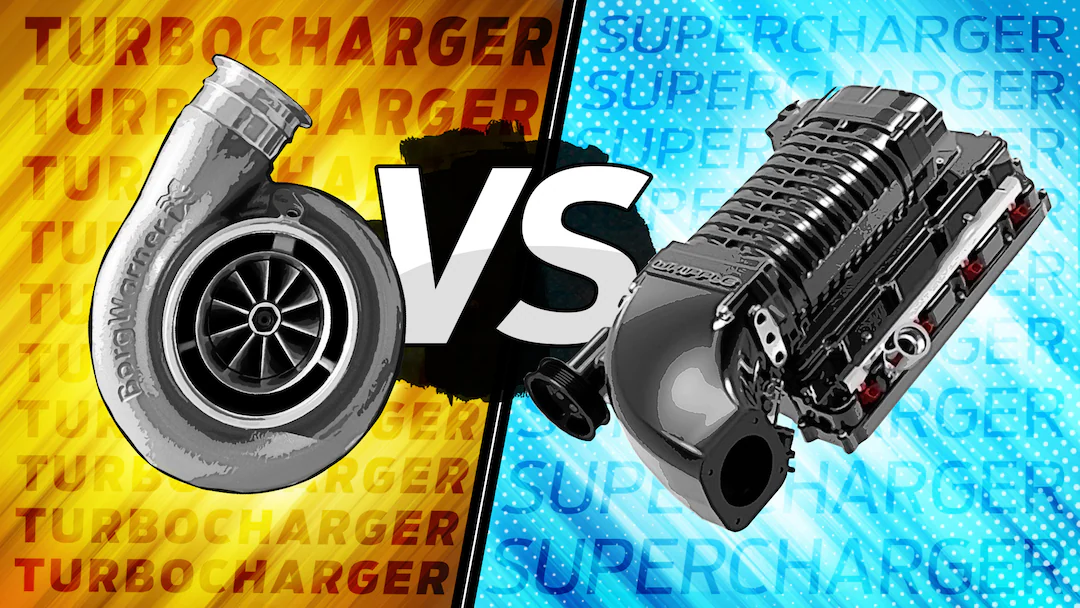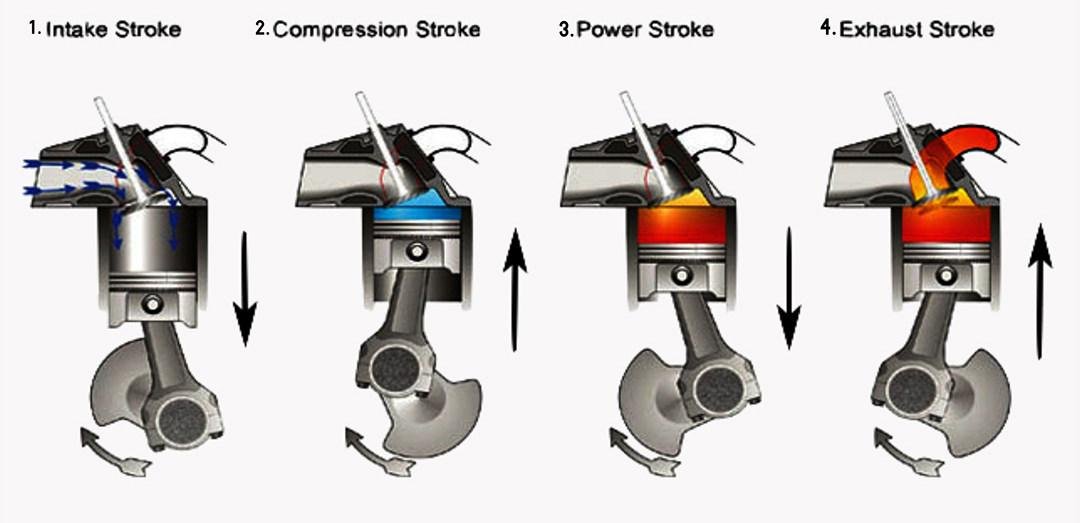
Choosing the right engine is crucial for vehicle performance, fuel economy, and long-term maintenance costs. The engine is the “heart” of a car, directly impacting power output, driving experience, and operational efficiency. When selecting an engine, factors such as intake type, technology, cost, and fuel consumption must be considered to ensure an optimal driving experience.

1. Engine Intake Types: Naturally Aspirated vs. Turbocharged
Car engines are mainly classified into two types based on their intake method: Naturally Aspirated (NA) engines and Turbocharged (Turbo) engines. Each has its advantages and disadvantages in terms of power output, fuel consumption, and driving characteristics.
(1) Naturally Aspirated (NA) Engines
Working Principle: The engine relies on the downward movement of the piston to create a vacuum that draws air into the combustion chamber.
Features:
Smooth Power Delivery – Linear acceleration with direct throttle response, making it ideal for urban driving.
Durability & Reliability – Simple structure with fewer components, resulting in lower maintenance costs.
Less Carbon Buildup – Stable airflow reduces fuel residue in the intake manifold, lowering the risk of carbon deposits.
Lower Power & Torque – Compared to turbocharged engines of the same displacement, power output is relatively weaker.
Higher Fuel Consumption – To achieve better performance, larger displacement is often required, leading to increased fuel consumption.
Best For: Drivers who prioritize smooth acceleration, lower maintenance costs, and frequent city commuting.
(2) Turbocharged (Turbo) Engines
Working Principle: Uses exhaust gases to drive a turbine, compressing the intake air to increase combustion efficiency and power output.
Features:
Higher Power Output – Provides significantly more power and torque compared to naturally aspirated engines of the same displacement.
Wide Torque Range – Peak torque is available at lower RPMs, making it suitable for highway driving and heavy loads.
Improved Fuel Efficiency – Smaller displacement engines can achieve power levels similar to larger naturally aspirated engines while consuming less fuel.
Turbo Lag – At low RPMs, power response is slower until the turbo engages.
More Challenging Throttle Control – Before the turbo activates, acceleration feels sluggish, but once it kicks in, the power surge can be sudden, making smooth driving difficult.
Higher Maintenance Costs – Turbochargers require high-quality engine oil, and frequent low-speed driving can lead to carbon buildup, increasing maintenance costs.
Best For: Drivers who need strong power output, frequently drive on highways, or travel long distances.
(3) How to Choose?
- For daily commuting and city driving → Naturally aspirated engines offer a smoother and more controllable driving experience.
- For frequent highway or long-distance travel → Turbocharged engines provide better power and efficiency.
- For fuel economy → Turbocharged engines can be more fuel-efficient in optimal conditions, but stop-and-go city traffic may reduce their advantages.

2. Engine Technology & Cost Considerations
Modern engines integrate advanced technologies like Direct Injection (GDI), Variable Valve Timing (VVT/VTEC), and Common Rail Diesel (CRDI) to enhance power, efficiency, and emissions control. However, while new technology improves performance, it can also increase manufacturing and maintenance costs.
(1) Comparison of Advanced Engine Technologies

(2) How to Choose the Right Technology?
- For long-term reliability and lower maintenance costs → Naturally aspirated engines with Multi-Point Fuel Injection (MPI) are a better choice.
- For high performance and fuel efficiency → Turbocharged + Direct Injection (T-GDI) engines are effective but require proper maintenance to prevent carbon buildup.
- For heavy loads or frequent long-distance travel → Diesel engines with Common Rail technology provide excellent torque and fuel efficiency.

3. Fuel Consumption & Driving Habits
Fuel economy is influenced not only by engine technology but also by factors such as driving habits, vehicle weight, and tire specifications.
(1) Key Factors Affecting Fuel Efficiency
- Engine Displacement – Larger engines tend to consume more fuel, but turbocharged engines can provide similar power with smaller displacement.
- Engine Technology – Features like Variable Valve Timing, Direct Injection, and Turbocharging enhance combustion efficiency and reduce fuel consumption.
- Vehicle Weight – Lightweight materials, such as aluminum engines, help reduce overall vehicle weight and improve fuel economy.
- Driving Habits – Aggressive driving (rapid acceleration and hard braking) significantly increases fuel consumption, whereas smooth acceleration and coasting reduce fuel usage.
(2) How to Improve Fuel Economy?
Choose the right engine technology – Avoid overpaying for unnecessary performance features.
Adopt efficient driving habits – Avoid rapid acceleration and hard braking to enhance fuel efficiency.
Regular maintenance – Keep the engine clean and ensure proper fuel combustion to prevent carbon buildup.

Final Summary: How to Choose the Right Engine?
- Select the right intake type → Naturally aspirated engines for city driving, turbocharged engines for highways and power needs.
- Evaluate engine technology → Advanced technology enhances performance but may increase maintenance costs.
- Consider fuel economy → Engine design and driving habits significantly impact fuel efficiency.
- Match your driving needs → Choose based on daily commutes, long-distance travel, or specific performance requirements.
